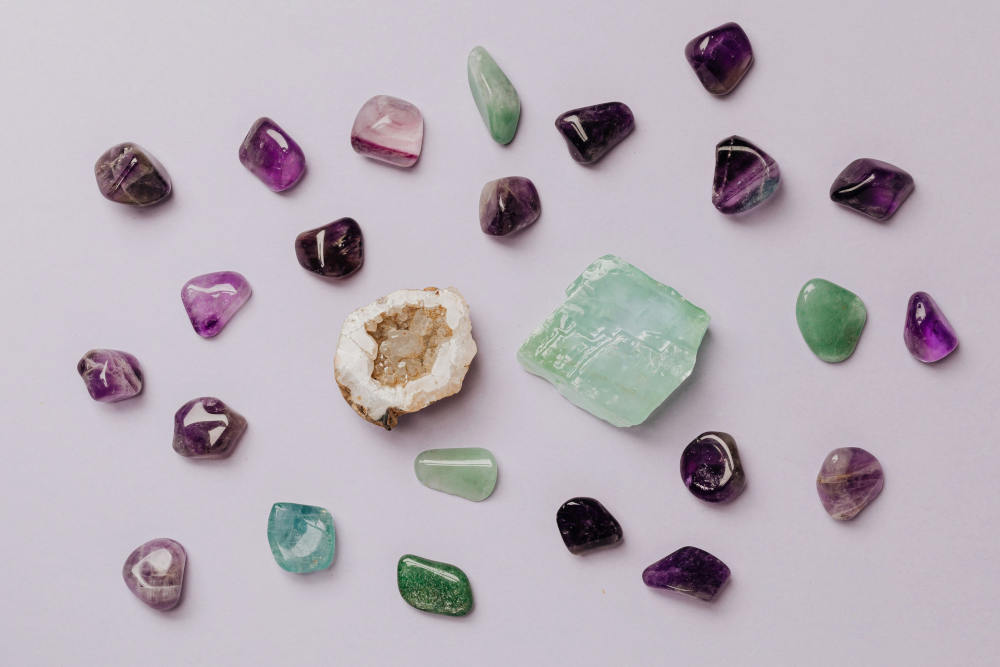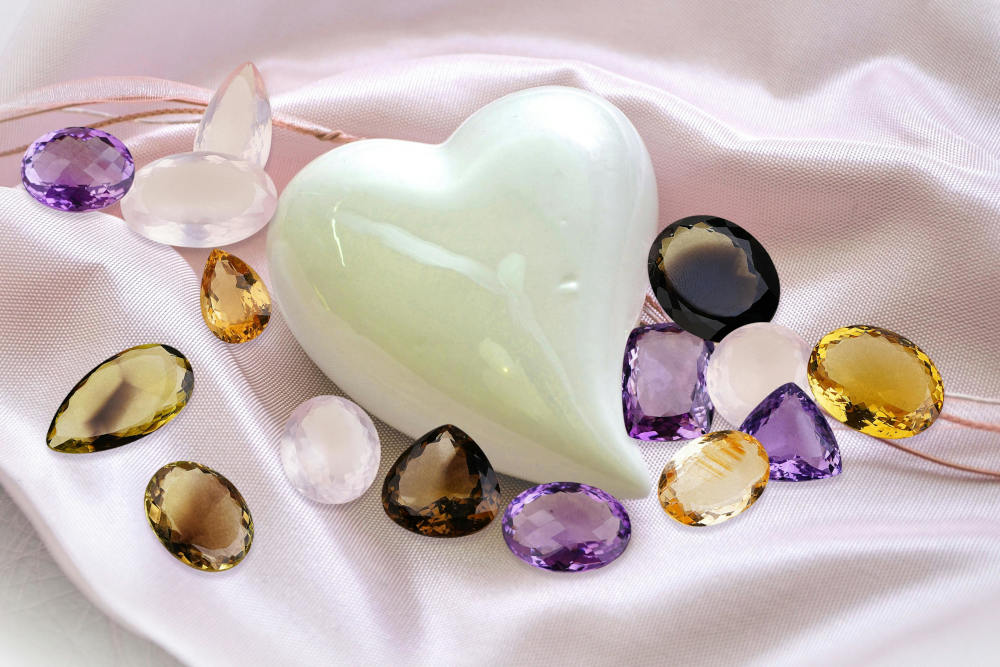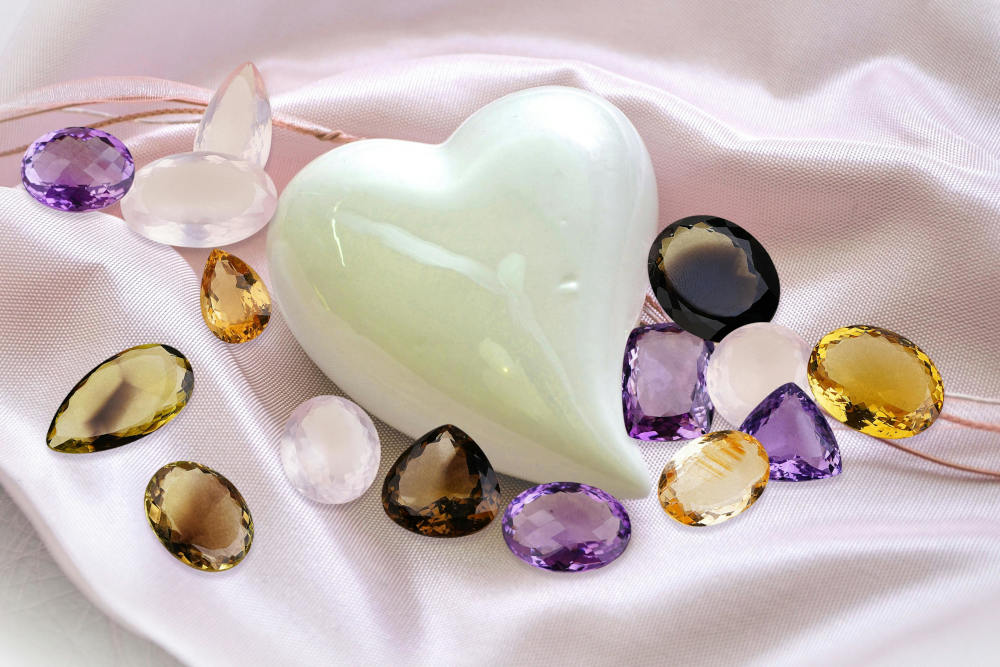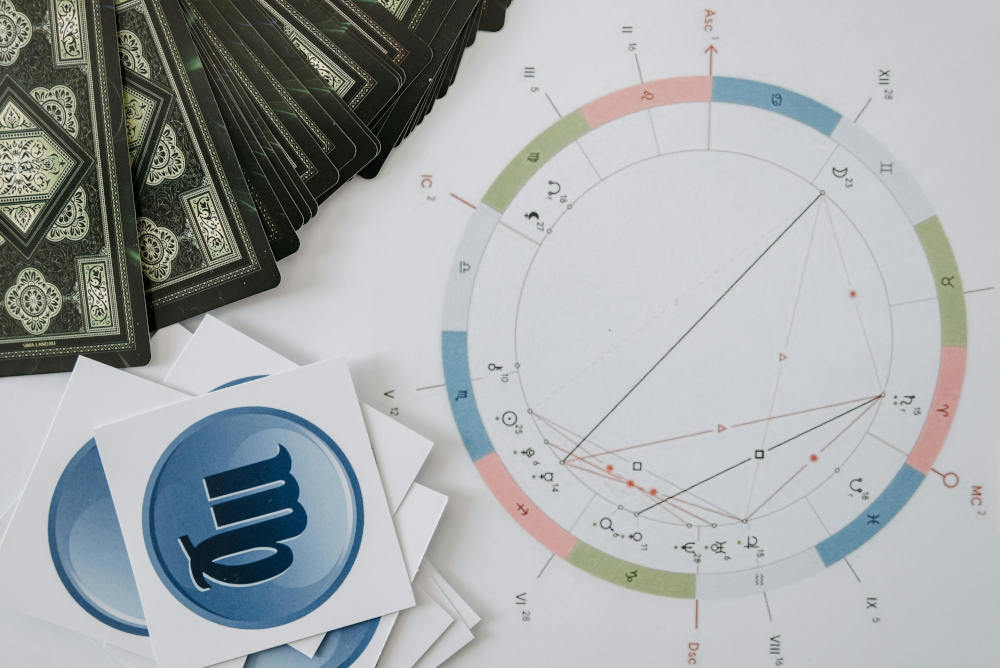
New Balance is an American fashion retailer founded in 1906 by William J. Riley and headquartered in Boston, Massachusetts. The multinational clothing-retail company creates sports footwear and apparel for men, women, and children.
New Balance makes athletic clothing, accessories, and shoes. It empowers people through sport and craftsmanship to create positive change in communities around the world.
New Balance has a green leaf standard that highlights environmentally preferred material adoption across its footwear and apparel products. It finds ways to reduce the amount of material it uses and enables circularity through repair and recycling.
Panaprium is independent and reader supported. If you buy something through our link, we may earn a commission. If you can, please support us on a monthly basis. It takes less than a minute to set up, and you will be making a big impact every single month. Thank you!
Sustainability Rating: 5/10
Rating FAQ
Category: Clothing, accessories, shoes, bags
For: Women, men, children
Type: Basics, knitwear, activewear, underwear, loungewear, outerwear, sneakers, sandals
Style: Casual
Quality: Medium
Prices: $$
Sizes: 2XS-3XL, 0-22 (US), 2-20 (UK), 32-52 (EU), 2-20 (AU), plus
Fabrics: Cotton, linen, hemp, jute, lyocell, modal, viscose, acetate, polyester, nylon, spandex, polyethylene, polypropylene, acrylic, neoprene, polyurethane, rubber, leather, wool, silk, down
100% Organic: No
100% Vegan: No
Ethical & Fair: No
Recycling: Yes
Producing countries: Cambodia, Canada, China, Costa Rica, Czech Republic, El Salvador, India, Indonesia, Japan, Jordan, Mexico, Netherlands, Nicaragua, Pakistan, Philippines, Portugal, Sri Lanka, Taiwan, Thailand, Tunisia, Turkey, Ukraine, United Kingdom, United States, Vietnam
Certifications: OCS, BCI, FSC, RWS, LWG
Sustainability Practices
New Balance only uses a tiny proportion of organic materials such as organic cotton and hemp or recycled materials such as recycled polyester and regenerated nylon.
Only very few of its collections are dedicated to sustainable fashion. Most of the fabrics it uses are either natural without relevant certifications, such as regular cotton or linen, or synthetic petroleum-based fibers such as polyester, nylon, acrylic, and more.
New Balance also uses a small proportion of semi-synthetic fibers or regenerated cellulosic fabrics such as Tencel lyocell, modal, acetate, and viscose.
Tencel is an eco-friendly fiber made with wood pulp from certified sustainable forests. But only a tiny proportion of the materials used by New Balance are environmentally friendly and sustainable.
New Balance publishes a list of all its manufacturers and processing facilities on its corporate website. It aims to work with its suppliers and manufacturers to solve issues.
The 2022 Fashion Transparency Index gave New Balance a score of 41% based on how much the group discloses about its social and environmental policies, practices, and impacts.
New Balance manufactures its clothes in Turkey and many other East Asian countries, where human rights and labor law violations happen every day.
The American clothing retailer doesn't show any labor certification standard that would ensure good working conditions, decent living wages, health, safety, and other crucial rights for workers in its supply chain.
New Balance has a code of conduct that applies to all its suppliers and subcontractors based on the regulations set by the International Labor Organization (ILO).
New Balance assesses compliance with its Code of Conduct by informal visits or third-party audits with or without notice. It often terminates relationships with suppliers due to compliance reasons.
New Balance doesn't use exotic animal skin, hair, fur, or angora. But it uses leather, wool, silk, and down feathers to manufacture many of its clothing pieces.
These animal-derived materials are cruel and unethical. They also harm the environment by producing greenhouse gases and waste. More sustainable alternatives exist.
Sustainability Goals
New Balance has committed to creating superior, long-lasting designs with repairability in mind to keep products in use for longer. It aims to build its products more responsibly.
New Balance has a goal of sourcing all its cotton and leather from preferred sources. It also sets a target to have 50% of its polyester recycled by 2025.
New Balance has committed to sourcing 100% preferred cotton by 2025, which includes cotton sourced as Better Cotton and organic cotton.
Buy Here
Discover New Balance's sustainable collections at NewBalance.com.
Reviews And Experiences With New Balance
Have you had (good) experiences with shopping at or the products of New Balance? Then leave us your rating below.
What We're Up Against
Multinational corporations overproducing cheap products in the poorest countries.
Huge factories with sweatshop-like conditions underpaying workers.
Media conglomerates promoting unethical, unsustainable products.
Bad actors encouraging overconsumption through oblivious behavior.
- - - -
Thankfully, we've got our supporters, including you.
Panaprium is funded by readers like you who want to join us in our mission to make the world entirely sustainable.
If you can, please support us on a monthly basis. It takes less than a minute to set up, and you will be making a big impact every single month. Thank you.






























0 comments